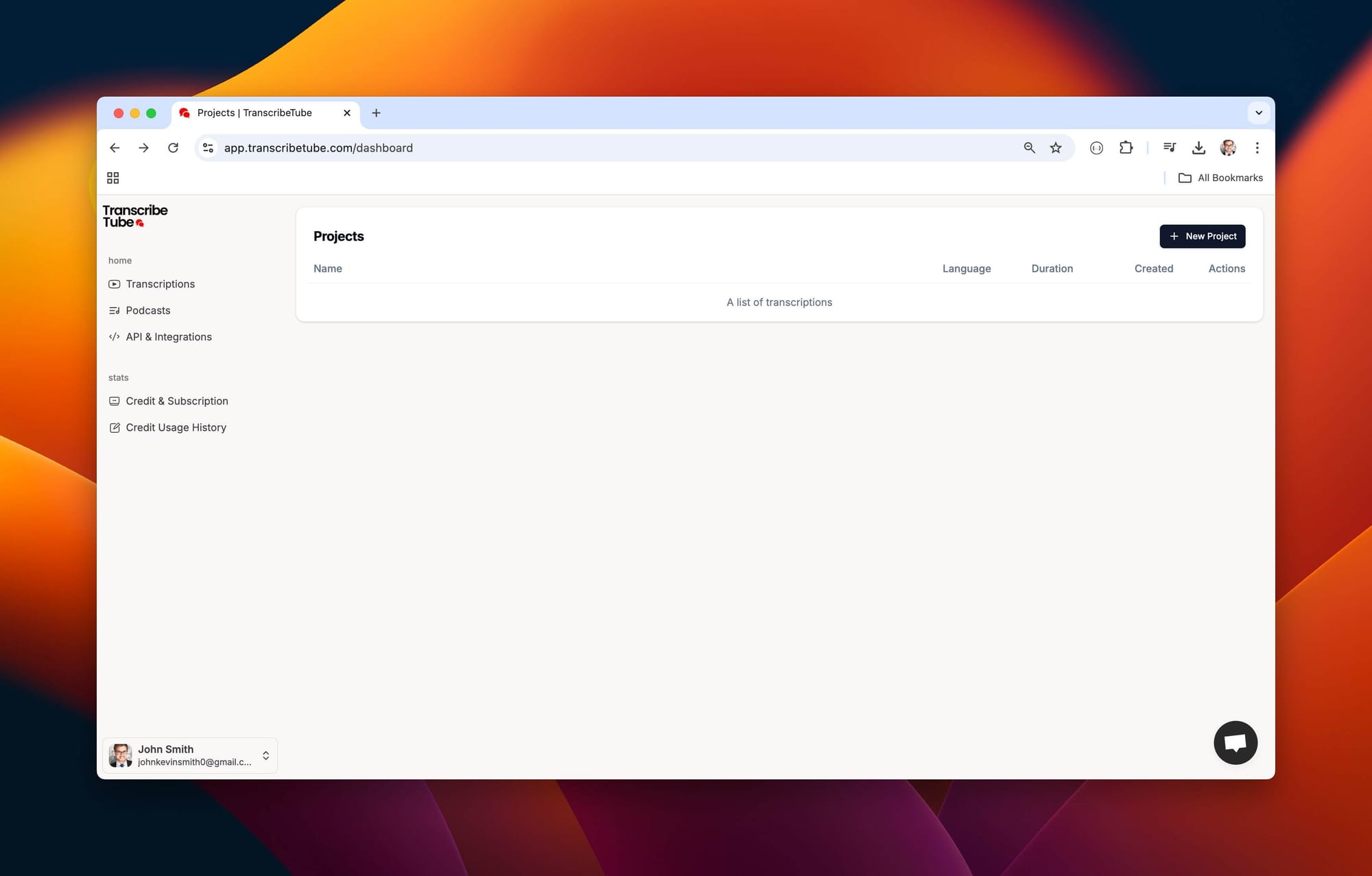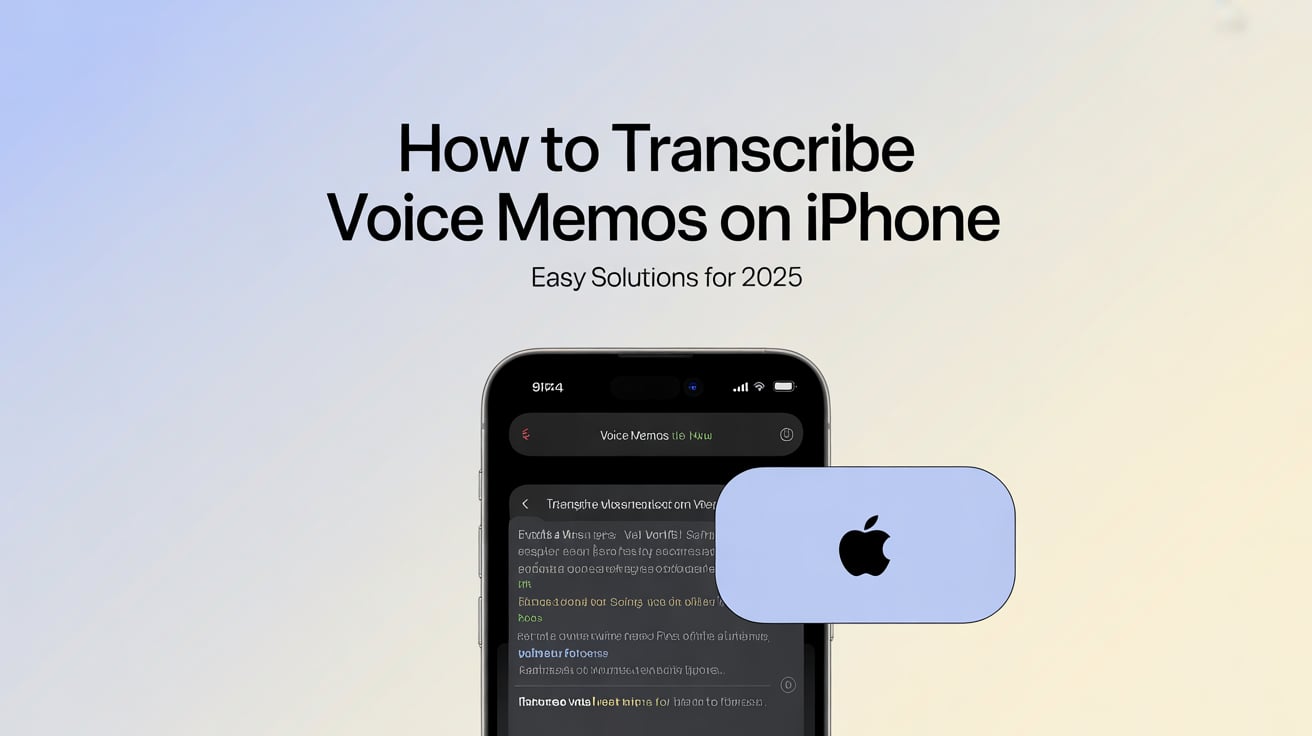In an era where audio and video content are rapidly gaining traction, the demand for transcription services is at an all-time high. Transcription transform spoken words in audios or videos into written format. This is particularly important when it comes to languages that have considerably fewer resources available online, one of these being Dutch.
This blog post is designed to guide you through every part of the process of transcribing Dutch audio to text, an essential yet often overlooked service. The skill to transcribe Dutch audio to text accurately can open doors to various opportunities, including employment, education, or the simple pleasure of understanding Dutch content.

Before we dwell into the details of transcribing Dutch audio, it's crucial to throw light on the importance of audio transcription.
Understanding Audio Transcription
Diving into the world of transcription uncovers its importance far beyond simply converting words from audio to text. Transcription holds a pivotal role in diverse sectors, such as business, healthcare, education, and entertainment. It makes the content more accessible, creates an opportunity for better content structure optimizes the content for SEO, and allows for better data analysis and understanding.

In recent years, we have seen a significant rise in Dutch audio content across numerous platforms. Podcasts, audiobooks, video lectures, and various digital recordings have resonated with audiences worldwide, highlighting the importance of accurate transcription.
Take, for instance, transcription in education. University lectures, seminars, and student presentations are now frequently made available in written format for further reference. Notably, law enforcement agencies and legal sectors utilize transcripts to ensure a precise record of interviews, interrogations, and court proceedings.
Step-by-Step Guide to Transcribe Dutch Audio to Text Using Transcribetube.com
Let's walk you through the actual process of how to transcribe Dutch audio to text using an online tool. In this case, we will use Transcribetube.com, a web-based application that allows you to transcribe audio with ease.

Sign-up and Initiation
First, you need to create your account. Head over to Transcribetube.com and click on the 'Sign Up' button usually located at the top right corner of the page. Follow the prompts, enter your details, and create your account.

1) Navigate to dashboard.
Once you're logged in, it's time to transcribe your first video.
How to: Navigate to your dashboard, you can see a list of transcriptions you made before.

2) Create a New Transcription
Once you're logged in, it's time to transcribe your first video.
How to: Navigate to your dashboard, click on 'New Project,' and select type of the file of recording you want to transcribe.

3) Upload a file to get started
After you select the type of file you want transcribe, upload it tool to start transcription process.
How to: Simply drag or select your file that you want to describe and then choose language you want for transcript.

4) Edit Your Transcription with
Transcriptions might need a tweak here and there. Our platform allows you to edit your transcription while listening to the recording, ensuring accuracy and context.
You may also export transcript in different file options, and also many options using AI is possible.
After all your work done, you may save your transcript from upper right corner.

Importance of Transcribing Dutch Audio
There are several reasons why you might want to transcribe Dutch audio to text, from making content accessible to people with hearing impairments to enabling easy translation for multilingual communication. Let's take a deeper look at these important factors:

Accessibility
For individuals with hearing impairments, transcriptions provide a way to fully access audio content. Transcriptions allow them to read the content, ensuring they don't miss out on valuable information. Considering the rise in Dutch audio content, having transcripts available allows for a larger audience to access and enjoy the content.
Multilingual Communications
Given that Dutch is spoken by over 23 million people globally, transcribing Dutch audio can be the first step towards translating this content into other languages. Transcripts make it easier to localize the content for various geographic regions. Thus, making it accessible to non-Dutch speaking audiences, leading to increased global reach.
SEO Benefits
Search Engines aren't capable of understanding the content in an audio file. However, when the audio from webinars, podcasts, or videos is transcribed, it makes it possible for search engines to index the content. As a result, it increases the visibility of your content online, which is great for SEO.

For example, Dutch podcasts or webinars that feature transcripts could potentially rank higher in search results when prospective listeners or viewers search for related content in text form.
Challenges in Transcribing Dutch Audio
Transcribing Dutch audio might not always be a walk in the park. Many aspects can complicate the process and pose challenges even for experienced transcribers. Let's decode the most common ones that might arise when you transcribe Dutch audio to text.

- Understanding Dutch accents and dialects: The Dutch language has a variety of accents and dialects. Variations can be seen in vocabulary, pronunciation and sometimes even grammar. For example, the accent and dialect of someone from the northern province of Friesland can significantly differ from someone from the southern province of Limburg. These regional nuances add an extra layer of complexity to the transcription process.
- Dealing with technical jargon or idiomatic expressions in Dutch: Transcribing Dutch audio can become more difficult when it involves special industry-specific terminologies or jargon. Without context or an understanding of the field, these terms can be challenging to transcribe accurately. The same goes for idiomatic expressions, which are phrases or expressions that cannot be understood from the literal meaning of the words it comprises.
Common Errors and Troubleshooting in Transcribing Dutch Audio to Text
Transcribing audio, especially in a language that's not your mother tongue, often involves encountering a few hitches. Here, we explore some of the most common errors in transcribing Dutch audio to text and how to troubleshoot them:

Misinterpretation of Dutch Accents or Dialects - Dutch as a language is rich in regional accents and dialects. Missing out or misinterpreting these nuances can lead to errors.
- Solution: Dig deep into the regional accents and dialects of Dutch, familiarize yourself with them, and practice consistently. Tools like Forvo can be helpful resources for this.
Incorrect Spelling of Dutch Words - Dutch has a unique spelling system and pronunciation, making it easy to misspell words.
- Solution: Use online Dutch dictionaries frequently for spell check and to understand word meanings. A handy tool here might be woorden.org.
Proper Nouns and Jargon - Many people struggle with the accurate transcription of Dutch proper nouns and industry-specific jargon, especially if they're unfamiliar with them.
- Solution: Keep a handy reference of Dutch proper nouns and the specific industry jargon that you often deal with. When in doubt, research!
Punctuation Errors - Just like every language, Dutch also has its punctuation rules. Ignoring these can disrupt the natural flow of the content.
- Solution: Familiarize yourself with Dutch punctuation rules. For instance, the Dutch use different quotation marks: they start with a „ (a bottom quotation mark) and end with a ” (a traditional quotation mark).
Trusting Automated Transcriptions Completely - Automated transcriptions can do a lot of the work, but they’re not perfect and often need reviewing and editing to achieve high accuracy.
- Solution: Allocating enough time for thorough proofreading and editing after the automated transcription process is crucial. Make use of spelling and grammar checkers to weed out any errors that slipped through.
By keeping these common errors and their solutions in mind, you can ensure a smoother process when you transcribe Dutch audio to text.
Other Methods for Transcribing Dutch Audio to Text
There are several approaches to transcribe Dutch audio to text, each with its advantages and circumstances where it is most applicable. To give a comprehensive overview, let's explore the key methods: Manual Transcription, Automated Transcription, and Professional Transcription Services.

Manual Transcription
As the term suggests, manual transcription involves a person manually listening to the Dutch audio and typing out the content. This process, though time-consuming, often yields the most accurate results because the human transcriber is typically better at understanding the context and can rephrase certain segments for clarity.
Automated Transcription
With the advancement of technology, automated transcription tools have become popular in recent years. These tools leverage algorithms along with high-end technologies, such as Artificial Intelligence (AI) and Natural Language Processing (NLP), to transcribe spoken words into written content. Although not always as accurate as the manual approach, these tools can be a time-efficient and cost-effective solution for transcriptions.
Professional Transcription Services
Professional transcription services are a combination of both manual and automated transcriptions. These services employ skilled transcribers and sometimes also utilize automated transcription for a balance of speed and accuracy. They are widely used when a very high level of accuracy is needed, such as in legal or professional settings.
Now you know about the key methods. But how to decide which one to use? It entirely depends on your specific needs, resources, and the complexity of the audio content.
Tips to Improve Transcription Accuracy
Conclusion
Transcribing Dutch audio into text is an important process that not only ensures the accessibility of content to a wider audience but also facilitates easy translation for multilingual communication. It improves the user experience, enhances SEO, and is a vital tool in a multitude of professional and educational settings.
The journey of learning how to transcribe Dutch audio to text can initially seem overwhelming, especially considering the various accents and dialects of the Dutch language. However, by following the methods and tips outlined in this guide, and using advanced transcription tools, the task becomes significantly easier and manageable.
Bear in mind that accuracy in transcription is crucial. It pays to invest time in refining your transcript, understanding the nuances of the Dutch language, and making use of the right transcription tools and services that suit your needs.
No matter the challenges, don’t let them deter you from exploiting the benefits and opportunities transcription has to offer. So, transcribe Dutch audio to text starting today, and open doors to a world of possibilities with Dutch content!
Frequently Asked Questions (FAQs)
Here are some common questions that users often ask about transcribing Dutch audio to text:
1. Why transcribe Dutch audio to text?
Transcribing Dutch audio to text extends the accessibility of content to a wider audience. Content creators stand to benefit from the improved SEO, while corporations can utilize transcripts for more effective internal communication and record-keeping.
2. What challenges might I face when transcribing Dutch audio?
Transcribing Dutch audio can present challenges due to regional accents, dialects, and the use of industry-specific jargon or idiomatic phrases. However, following the tips detailed in this guide can considerably improve transcription accuracy.
3. Why can’t I always rely on automated transcription tools?
While automated transcription tools like Transcribetube.com can indeed be a huge help, they are not always 100% accurate and might struggle with understanding context, especialy with nuanced aspects of the Dutch language. Therefore, a manual review is always recommended for the best results.
4. Can anyone transcribe Dutch audio?
Technically, yes. However, understanding the Dutch language and being familiar with its various accents and dialects can hugely impact the accuracy of the transcription.
Check other articles you may want to look:
How to Transcribe Turkish Audio to Text?
How to Transcribe German Audio or Video to Text?
How to Transcribe Spanish Audio to Text


.jpg)

